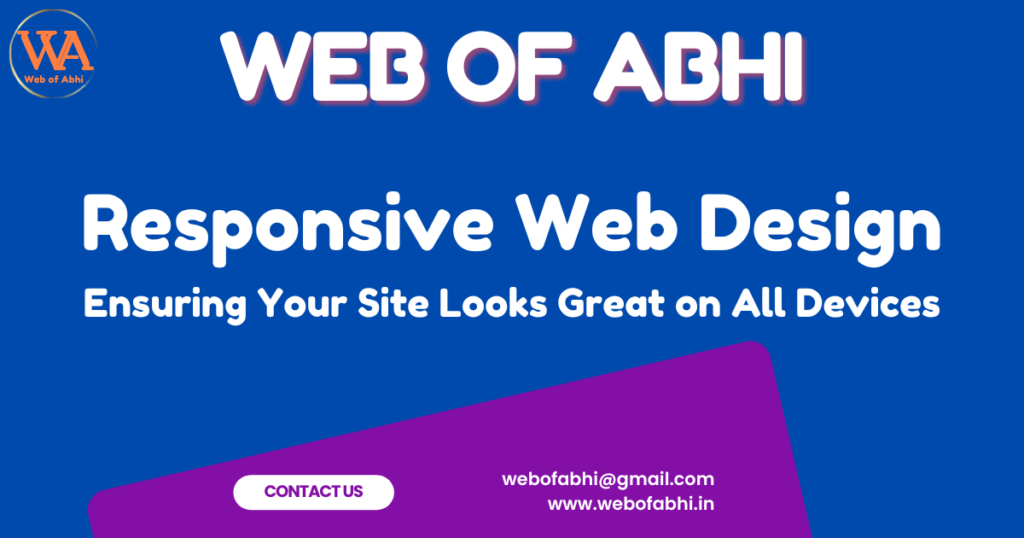WordPress is a powerful and user-friendly platform for creating websites. Whether you’re a small business owner, blogger, or aspiring web developer, this Beginner’s Guide to WordPress will walk you through the essential steps to set up your first website with WordPress.
WordPress powers over 40% of the websites on the internet, making it the most popular content management system (CMS) globally. Its flexibility, ease of use, and vast ecosystem of themes and plugins make it an ideal choice for beginners and experts alike.
Step 1: Setting Up Your Domain and Hosting
- Choose a Domain Name: Your domain name is your website’s address on the internet. Select a memorable and relevant domain name that reflects your brand or niche.
- Select a Hosting Provider: Choose a reliable hosting provider that offers WordPress hosting. Consider factors such as uptime, speed, security, and customer support.
Step 2: Installing WordPress
- One-Click Installation: Many hosting providers offer one-click WordPress installation through tools like cPanel. Log in to your hosting account and follow the prompts to install WordPress.
- Manual Installation: Alternatively, you can install WordPress manually by downloading the WordPress software from wordpress.org and uploading it to your hosting server.
Step 3: Exploring the WordPress Dashboard
- Logging In: Access your WordPress dashboard by appending “/wp-admin” to your domain name (e.g., yourwebsite.com/wp-admin) and entering your login credentials.
- Navigating the Dashboard: Familiarize yourself with the WordPress dashboard, which serves as the control center for managing your website. Explore sections such as Posts, Pages, Media, Appearance, and Plugins.
Step 4: Choosing a Theme
- Selecting a Theme: WordPress offers thousands of free and premium themes to customize the appearance of your website. Choose a theme that aligns with your brand identity and design preferences.
- Customizing Your Theme: Once you’ve installed a theme, customize it further by adjusting colors, fonts, layouts, and other settings using the WordPress Customizer.
Step 5: Adding Content
- Creating Pages: Start by creating essential pages such as Home, About, Services, and Contact. Navigate to “Pages” in the dashboard and click “Add New” to create a new page.
- Writing Posts: Publish blog posts or articles on topics relevant to your audience. Navigate to “Posts” in the dashboard and click “Add New” to create a new post.
Step 6: Installing Essential Plugins
- Plugin Functionality: Plugins extend the functionality of your WordPress site. Install essential plugins such as Rank Math SEO for search engine optimization, Contact Form 7 for creating contact forms, and Jetpack for site security and performance.
- Adding Plugins: Navigate to “Plugins” in the dashboard and click “Add New” to search for and install plugins directly from the WordPress plugin repository.
Step 7: Optimizing for SEO
- SEO Basics: Optimize your website for search engines to improve its visibility and rankings. Use relevant keywords in your page titles, headings, content, and meta descriptions.
- Yoast SEO/Rank Math Plugin: Install and configure the Yoast SEO or Rank Math plugin to help optimize your content for search engines. Rank Math provides actionable suggestions for improving your SEO.
Congratulations! Hopefully with help of this Beginner’s Guide to WordPress, You’ve successfully set up your first website with WordPress. By following this Beginner’s Guide to WordPress and exploring the various features and customization options available in WordPress, you’re well on your way to creating a professional and engaging online presence.
AR
Owner of Web of Abhi – Online Business Solution CompanyGraphic Designer | Web Developer | Digital Marketing | WordPress | SEO | Web Design



